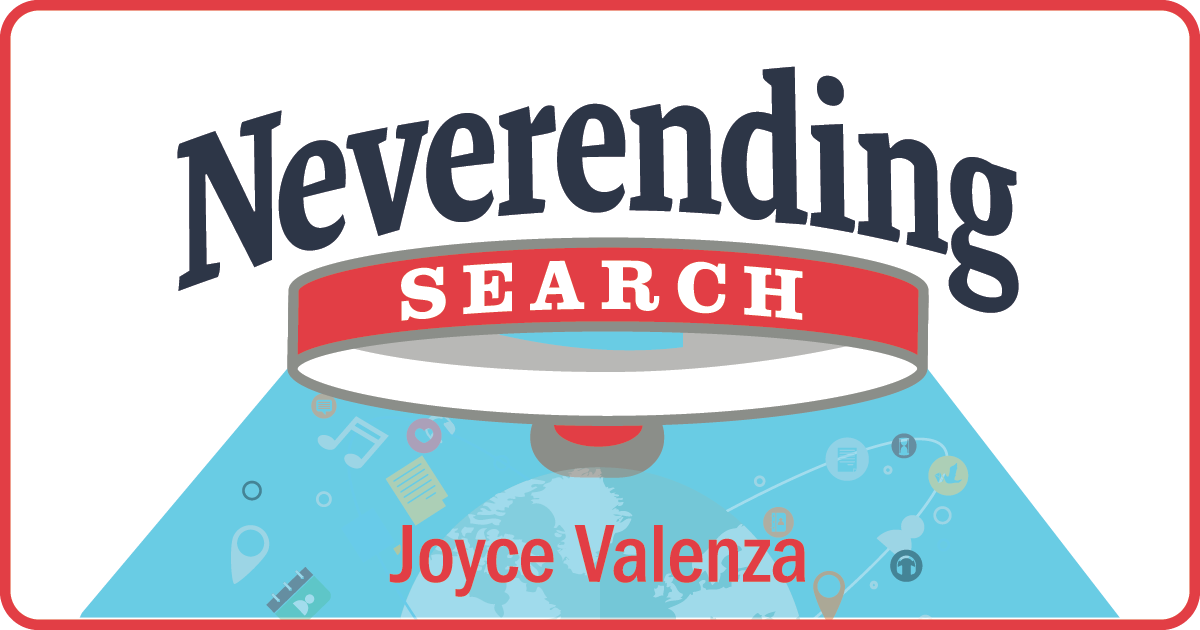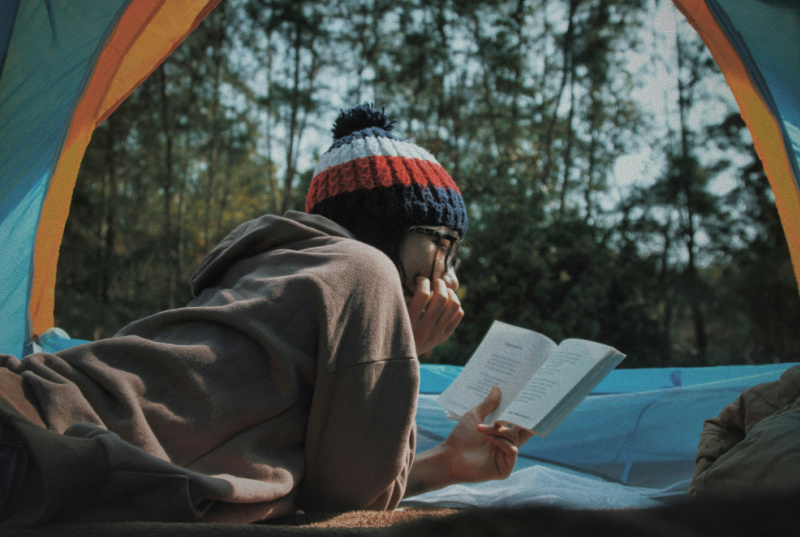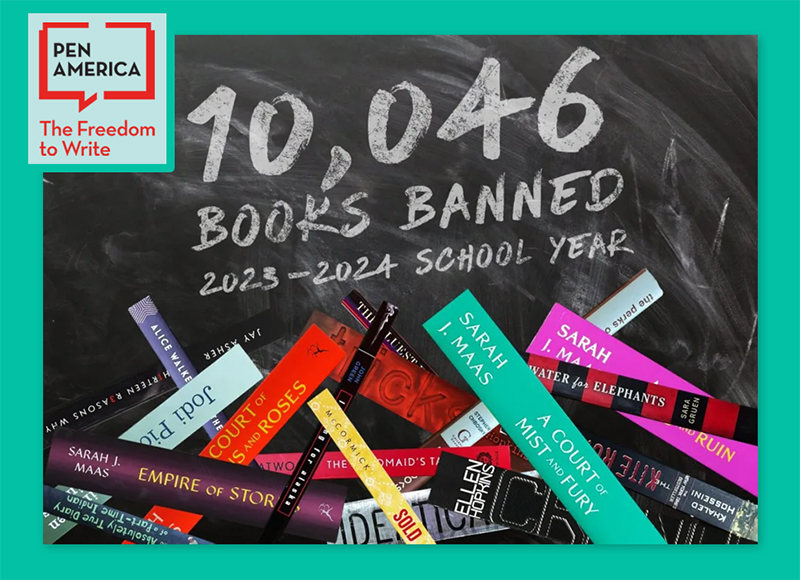SCROLL DOWN TO READ THE POST
Strategies for moving from online to networked learning: background & a round-up
There’s a world of difference between online learning and networked learning.
I taught my first online course back in 2001.
Back in 2012, when I returned to the LMS (learning management system) or CMS (course management system) after eleven years, I realized that not much had changed inside the course management system, while changes outside of it had pretty much blown the walls off our libraries and classrooms.
It di dn’t matter what brand was attached to the LMS/CMS, I felt like I needed a can opener to unlock it–to make it feel less institutional and more authentic, more connected to a world of learning opportunities.
dn’t matter what brand was attached to the LMS/CMS, I felt like I needed a can opener to unlock it–to make it feel less institutional and more authentic, more connected to a world of learning opportunities.
The collaborative digital world outside disrupted the LMS, but it didn’t acknowledge it.
George Siemens proposes connectivism as a learning theory for a digital age and lists several core principles, among them:
- Learning is a process of connecting specialized nodes or information sources. A learner can exponentially improve their own learning by plugging into an existing network.
- Nurturing and maintaining connections is needed to facilitate learning. Connection making provides far greater returns on effort than simply seeking to understand a single concept.
- Learning and knowledge rest in diversity of opinions.
- Currency (accurate, up-to-date knowledge) is the intent of all connectivist learning.
- Learning is a knowledge creation process…not only knowledge consumption. Learning tools and design methodologies should seek to capitalize on this trait of learning.
In a 2004 piece, George Siemens expressed the frustration I’ve been feeling today:
It appears that our real-life manner of learning is at odds with the design and implementations of most LMS’. Strongly structured tools, with limited extensibility, face short life cycles in rapidly changing environments . . . Selecting specialized tools to achieve specific tasks – and being able to add them to the learning environment quickly – are critical to rich learning ecologies.
We have such flexible tools, tools that facilitate natural collaboration, communication and creativity–tools that offer learners the opportunity to customize and organize content and ideas in ways that help them make meaning and authentically participate.
We have discussion tools that not only flatten conversation and make it pop, but engage a larger community of practice, rather than obscure voices in threaded hierarchies.
If learners do not venture out of the LMS, they will not develop the digital fluencies they need to lead in their organizations.
So I’ve been delighted to have the opportunity to play with blended experiences that push the boundaries of the LMS.
A few weeks back at the ALISE conference, I shared a few of the ideas I’ve been exploring in working with graduate learners online. Many work just as well in K12 blended and flipped environments.
Using the LMS and LibGuides as parking lots, so the experience is not frantically distributed for the learner, it’s easy to curate real-life social media tools that encourage the principles of connectivism in an attempt to create what Mott and Wiley (2013) call an OLN (open learning network).
As hybrid experiences, OLNs leverage the affordances of new and emerging web tools, complementing the institutional network by connecting it with it cloud platforms for creating, writing, publishing, curating, and connecting to improve learning.
Among the strategies that have worked for me are:
PLE (personal learning environments): Personally owned digital spaces are easily indexed and linked and allow learners to personalize, curate, embed, design, build and mash-up and allow them to take control of and manage their learning. The stuff learners build in spaces like wikis, Google Sites, LibGuides do not go puff when the semester ends, may be shared beyond the class, and mirror the way people curate and archive in real life.
Curation/Personal Knowledge Management platforms allow learners to curate in their niche areas of personal interest with tools of their choice within the parameters of the class learning goals. These are usually linked to or embedded in learners’ PLEs. Some may function on their own as PLEs. Among the tools students select (depending on their own needs and the affordances of the tool) are Pinterest, Tumblr, Storify, LiveBinders, Scoop.it, Paper.li.
Video response tools allow remote learners to connect face-to-face to get to know each others’ real voices and personalities (and often pets, partners and children).
 FlipGrid: I blogged about this interactive discussion platform several months ago. No-longer free, the reasonably priced platform is designed for education and offers the ability to set up grids (classes) and question prompts. Students respond with 90-second videos. (There’s no learning curve here!) Consider the possibilities for shared storytelling–collaborative or individual, elevator speeches, language learning, debate, conversation.
FlipGrid: I blogged about this interactive discussion platform several months ago. No-longer free, the reasonably priced platform is designed for education and offers the ability to set up grids (classes) and question prompts. Students respond with 90-second videos. (There’s no learning curve here!) Consider the possibilities for shared storytelling–collaborative or individual, elevator speeches, language learning, debate, conversation.
 Voicethread: It’s not just for digital storytelling; it’s for conversation. Post a question on one slide and ask your students to respond around that image. You may choose to ask the same question on another slide later in the semester to see if what they learned affects their responses.
Voicethread: It’s not just for digital storytelling; it’s for conversation. Post a question on one slide and ask your students to respond around that image. You may choose to ask the same question on another slide later in the semester to see if what they learned affects their responses.
Google Hangouts allows me to have live conversations with up to ten video feeds of members of our class at one time.

We can invite guests, host student presentations and debates, share screens, broadcast and archive the event for review, and for folks who could not make the event synchronously. Students can also use Hangouts and its chat and screen-shar ing spaces as a collaborative space for project planning.
ing spaces as a collaborative space for project planning.
Voki: Occasionally I don’t feel I look good enough to appear on real camera. Voki allows me to connect my prettier avatar with my own voice in my announcements or posts.
Backchanneling and collaborative response tools can enhance discussion and build community collaboration. From time to time I’ve used Polleverywhere, Socrative and Google Forms to gather ideas and opinions. Class decisions and event scheduling are easily accomplished using polling tools like Doodle. I use TodaysMeet for backchanneling a class visit or a television watching experience.
 Padlet, formerly WallWisher, has become my tool of choice for backchanneling, both synchronous and asynchronous discussion, collaborative planning, defining terms, generating questions for online visitors, responding to media, and as a codi
Padlet, formerly WallWisher, has become my tool of choice for backchanneling, both synchronous and asynchronous discussion, collaborative planning, defining terms, generating questions for online visitors, responding to media, and as a codi ng tool for sorting responses. Sticky note responses allow users to share ideas, as well as links and media.
ng tool for sorting responses. Sticky note responses allow users to share ideas, as well as links and media.
Pinterest: this year I introduced the idea of Pinterest Safaris on collaborative boards. Formerly these assignments involved contributions to a webliography. Though setting up group boards has been a bit rocky, this week I am asking my grad students to pin their favorite examples of virtual practice, of physical space design, of standards documents and to defend their selections in their comments.
Reading/viewing/learning playlists
We’ve also used collaborative Pinterest boards to create an open, collaborative reading list connected to online reviews for our book review/remix project. Students could easily see covers and linked GoodReads reviews and supplementary materials. Students and I could easily add new titles on the fly.

About a year ago, I blogged about an emerging subgenre of curation tools called the learning playlist. Finding the articles and media for the them e of the week is not always the learning goal. The traditional reading list cannot capture the kind of stuff we want to gather for teaching and learning graduate teaching. We need to be able to remix and sequence all sorts of learning artifacts regardless of their platform or media. We need to be able to easily and collaboratively mash-up video, maps, slideshows, ebooks, pdfs, docs, images, blogs, podcasts, surveys.
LessonPaths offers a community of media-rich, sequenced paylists that appear as horizontal panels with arrows in a few pretty color options. I’ve used these successfully with my grad and high school classes. I am quite happy using my free account, but upgraded a ccounts offer enhanced privacy, engagement metrics, and quiz result features. Here’s what a LessonPath looks like embedded on our class LibGuide.
ccounts offer enhanced privacy, engagement metrics, and quiz result features. Here’s what a LessonPath looks like embedded on our class LibGuide.
I assign these media playlists to view/play/read as homework. I also use them as presentation tools and strategies for gathering student-created media.
Learni.st allows you to collect Learnings to create and share vertically sequenced Learning Boards.
Blendspace, was designed to allow teachers to create and deliver lessons digitally. Teachers may set up classes and use or add to the canvases of other teachers. Teachers build canvases by dragging, dropping, organizing, and by adding labels, and text content. Content may be added when searching within the platform itself. Canvases allow for text and voice comments. They may also choose among a variety of template layouts and colors themes. Canvases may be printed with handy QR codes. Use of canvases may be tracked.
Tildee allows you or your students to add text to gathered media to create sequenced tutorials. These tutorials can be listed on your LMS or other platform and pointed to as a kind of FAQ strategy
Hashtags: Each of my grad classes has a Twitter hashtag. I embed the Twitter hashtag streams on the LMS as well as our LibGuide. When they tweet, students are encouraged to combine our own hashtag with the hashtags they think will best help us learn and grow their/our networks. They are encouraged to use the @ signs or handles of the professionals they admire and engage them in conversation. Our flattened conversations allow us to communicate with the larger professional community. Students make friends and build social capital well beyond their the scope of their classmates.
Annotating media
Students can easily collaborate and interact with images using annotation tools like Marqueed and Thinglink. I recently assigned students to collaborate in a credibility check assignment by importing an infographic into Thinglink to comment on its arguments as well as its sources. Mozilla Popcorn Maker works in a similar way to host video annotation. It worked well as an interactive orientation strategy for a course I taught last year.
Google Drive has become my Swiss Army knife for connected learning. For a few years now, my classes hav e built embeddable directories using Google Presentations and collaborated on writing projects. Creating rubrics in Google Docs allows students to easily make copies and create peer reviews.
e built embeddable directories using Google Presentations and collaborated on writing projects. Creating rubrics in Google Docs allows students to easily make copies and create peer reviews.
For a variety of classes, I’ve created assignment descriptions, calendars, weekly checklists, scaffolds, schedules for presentations and weekly leadership.
The Chrome app, Kaizena offers voice feedback, perhaps a more personal approach, on work submitted as a Google Doc. It can also be used for discussion on collaborative documents.
I’ve used Forms to survey learners for background and common experience to better group them.
Check these references for theoretical background on freeing learners from the LMS:
ADVERTISEMENT
ADVERTISEMENT
Siements, G. (2004). Connectivism: A learning theory for the digital age. elearnspace. http://www.elearnspace.org/Articles/connectivism.htm
Siemens, G. (2007). Learning Management Systems: The wrong place to start elearning. elearnspace.
See also Stephen Downes’ ebook Connectivism and Connected Knowledge: Essays on Meaning and Learning Networks.
Filed under: blended learning, CMS, connected learning, LMS, online learning
About Joyce Valenza
Joyce is an Assistant Professor of Teaching at Rutgers University School of Information and Communication, a technology writer, speaker, blogger and learner. Follow her on Twitter: @joycevalenza
ADVERTISEMENT
SLJ Blog Network
Our 2025 Mock Caldecott Program
And, Too, the Fox: A Cover Reveal and Conversation with US Poet Laureate, Ada Limón
Papercutz Adds a Second Volume of Lost in the Future | News and Preview
Co-Writing a Story of Trans Joy Across a Barbed Wire Fence, a guest post by Teghan Hammond and Mel Hammond
The Classroom Bookshelf is Moving
Gayle Forman Visits The Yarn!
ADVERTISEMENT
ADVERTISEMENT







